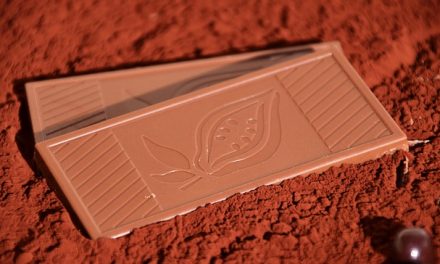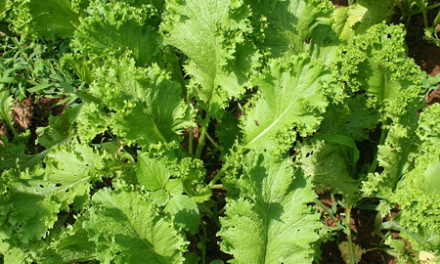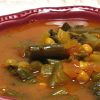If you think controlling blood pressure means only taking pills and cutting sodium intake, you see just a small piece of the problem.
Whether your goal is treating high blood pressure or preventing it, many eating and lifestyle choices have an impact.
If you’re one of the more than 50 million Americans who face a double risk of heart attack due to high blood pressure, you should start thinking differently.
Weight control may actually be one of the strongest influences on blood pressure. By maintaining a healthy weight, you could lower your blood pressure 5 to 20 millimeters of mercury (mmHg), according to a recent government report. Even without reaching an ideal weight range, many overweight people can lower their blood pressure by losing ten percent of their body weight.
Of course, this benefit holds only as long as the weight stays down, so it’s crucial to find a weight loss strategy you won’t abandon.
For weight loss and an eating style that lowers blood pressure, consider the DASH diet. This plan emphasizes plenty of vegetables, fruits and whole grains, while encouraging a moderate use of low-fat dairy products and limited amounts of lean meats.
Studies show that the DASH plan can lower blood pressure from 8 to 14 mmHg. Details of the DASH diet are available at the NHLBI website.
The extra potassium and magnesium from eating an abundance of vegetables, fruits and whole grains may explain some of the effect of the DASH plan. A low intake of these minerals may be related to 8 to 25 percent of high blood pressure cases. The calcium from the recommended three servings of lowfat or fat-free dairy products also seems to aid blood pressure control. But remember that weight control with a healthy plan still requires portion control.
Restricting sodium is still important with DASH. Studies of the DASH diet with and without limiting sodium clearly show the benefit of limiting it. Some people appear more sensitive to sodium than others, but restricting sodium to 2,300 milligrams (mg) per day or less could drop blood pressure at least 2 to 8 mmHg. Lowering it to 1,500 mg is even better, and this lower limit is recommended for people with high blood pressure. Keep in mind that the saltshaker is not the primary source of sodium for most Americans. Canned soups and sauces, boxed dinner-mix products, frozen meals, snack foods and even cereals contain a lot of salt and sodium-based ingredients. Staying under the 1,500 mg sodium limit requires using these products wisely.
The fourth major step in creating a lifestyle for a healthy blood pressure is regular aerobic activity such as brisk walking. You need to be active at least 30 minutes a day most days of the week. The result will be a blood pressure drop of 4 to 9 mmHg and greater weight control. Actually, for optimal weight control and greater health protection, you should push for an hour a day. Breaking an hour of exercise into several small periods is alright.
Blood pressure can fall another 2 to 4 mmHg by limiting alcohol consumption. Women should have no more than one standard-sized drink per day, and men no more than two. The effect caffeine has on blood pressure and how much tolerance regular drinkers of caffeine develop is still unclear. Many physicians suggest, however, that people with high blood pressure limit their caffeine to 200 mg (two six-ounce cups of coffee) per day.
Although blood pressure can usually be controlled with medicine, these medications can affect a person’s quality of life and interact adversely with other medications or chronic conditions. Since health experts say that two or more lifestyle steps can regulate blood pressure as well as a prescription, these steps are worth trying first.
AICR











